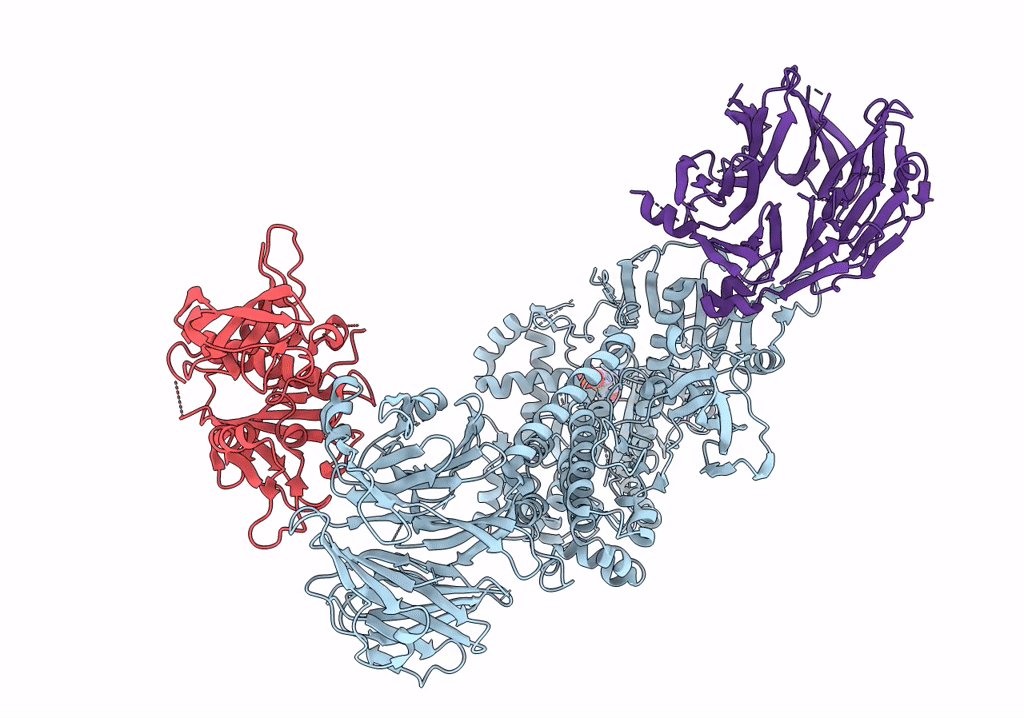
Deposition Date
2020-02-01
Release Date
2020-08-26
Last Version Date
2024-11-06
Entry Detail
PDB ID:
6VP6
Keywords:
Title:
Cryo-EM structure of the C-terminal half of the Parkinson's Disease-linked protein Leucine Rich Repeat Kinase 2 (LRRK2)
Biological Source:
Source Organism:
Homo sapiens (Taxon ID: 9606)
Host Organism:
Method Details:
Experimental Method:
Resolution:
3.47 Å
Aggregation State:
PARTICLE
Reconstruction Method:
SINGLE PARTICLE


